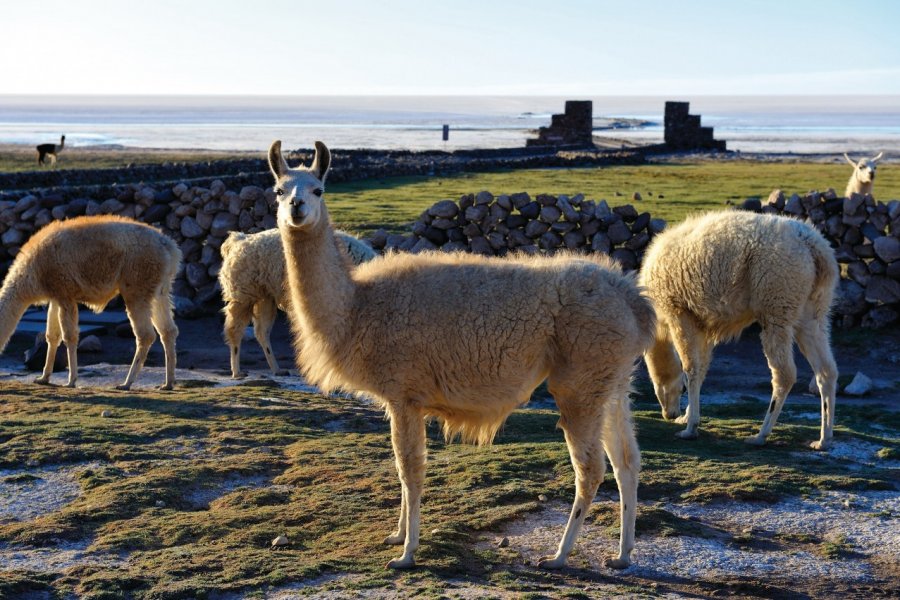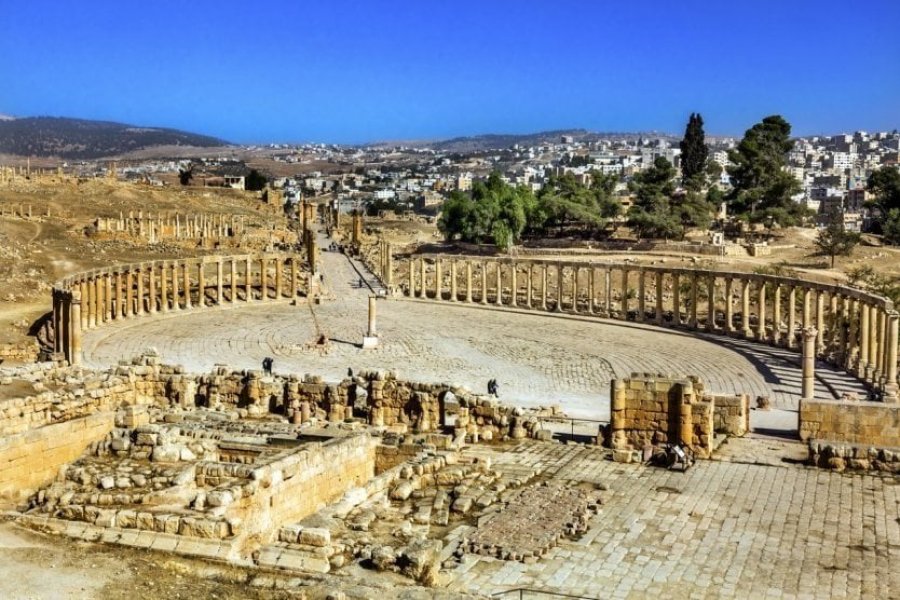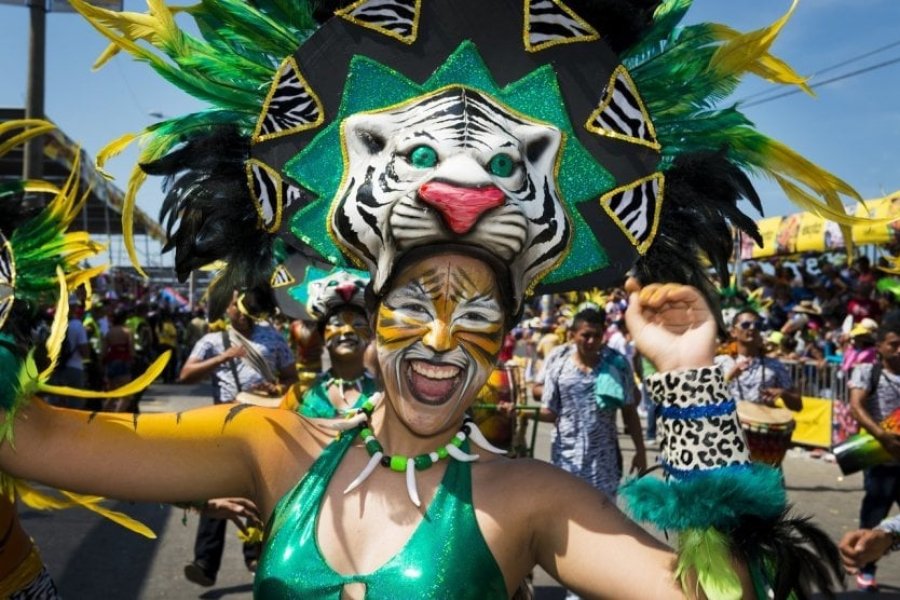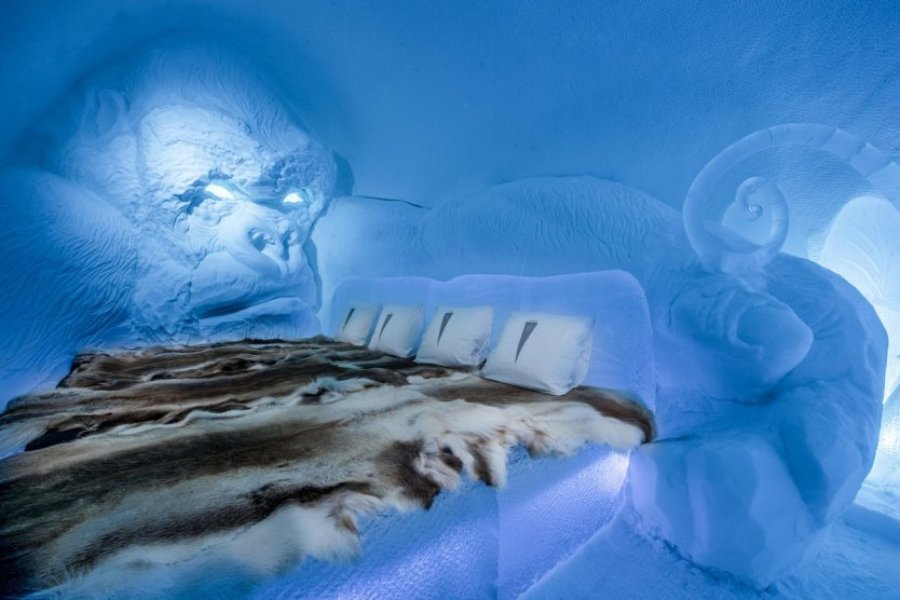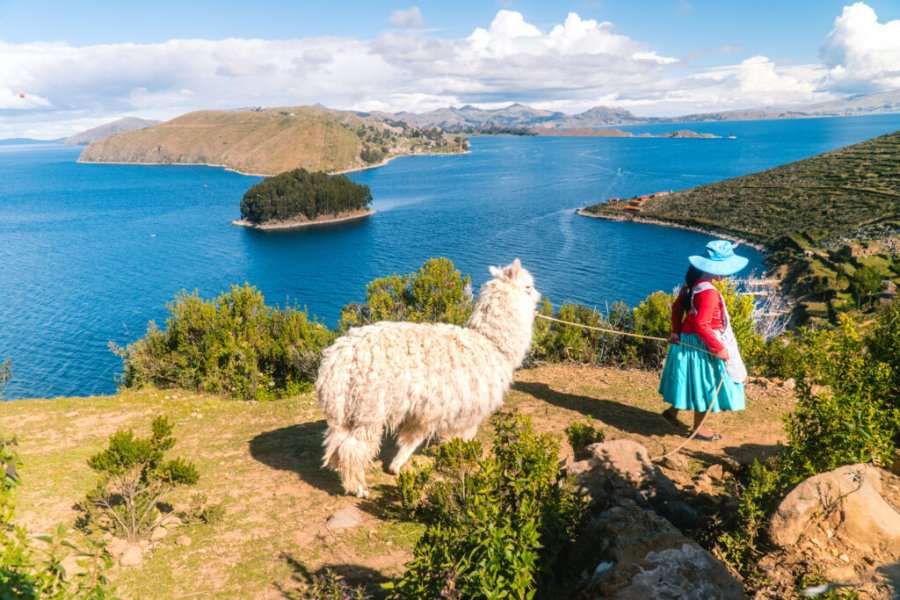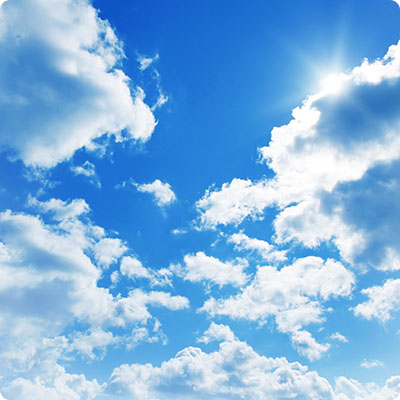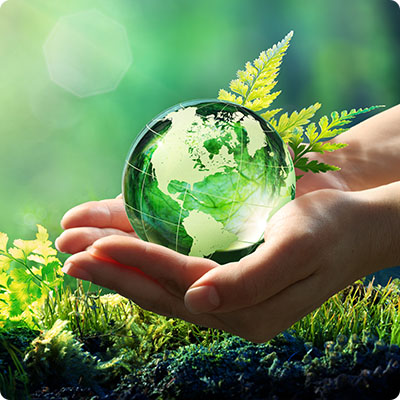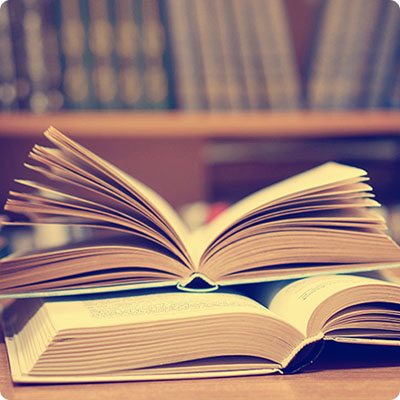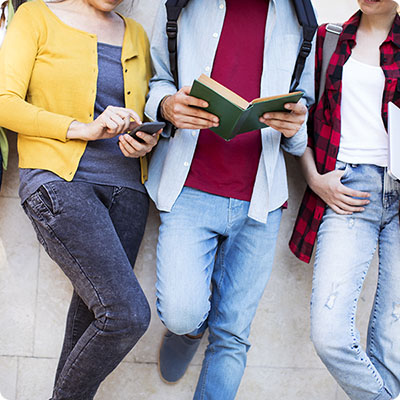Travel guide Bolivia
Bolivia is the country of contrasts par excellence. It extends from the highest peaks of the Andes to the Amazonian forest , passing through theAltiplano, the central valleys and the plains of the Oriente. The diversity of the landscapes is breathtaking, but it is also its population of diverse origins that dazzles travelers by offering them a rare and authentic vision of the Amerindian culture. But by following the indications of a tourist guide on Bolivia, you will see that you will find your happiness, whatever your desires of travel. Culture lovers, you will discover the richness of the Bolivian folklore, the most alive of South America! Lovers of wide open spaces, you will be able to admire incredible landscapes with varied fauna where you can meet alpacas and pink flamingos among others! For those who love strong sensations, you can climb to a peak of more than 6,000 m of altitude or marvel at the salt desert of Uyuni! Passionate about pre-Columbian civilizations, you will love to visit the archaeological site of Tiwanaku! In short, Bolivia is a country that will never stop surprising you and that remains very different from its neighbors: Argentina, Peru, Chile, Brazil or Paraguay...
What to see, what to do Bolivia?
-
Book an activity
-
Customized travel
- The most beautiful cities Bolivia
When to go Bolivia ?
When to go to Bolivia? A trip to Bolivia is possible all year round. But you have to keep in mind that it rains on most of the country from November to March. But from April to October, the temperatures are warmer and the sky clears up, even if it is often cooler on the Altiplano; this is the best period to go to Bolivia. There are two very high tourist seasons in January/February (school vacations in South America, especially in Chile, Argentina and Brazil) and July/August/September (vacations in Europe and the United States). If you go to Bolivia in February, don't miss the Oruro carnival, which is listed as a UNESCO World Heritage Site.
Suggested addresses Bolivia
Travel Bolivia
-
Find a hotel
-
Car Rental
-
International e-SIM package
-
Find a local agency
La Bolivie est vaste et offre une multitude de paysages différents : des sommets enneigés de la Cordillère des Andes aux jungles luxuriantes de la forêt amazonienne, en passant par les plaines arides de l’Oriente. Elle possède également des parcs nationaux stupéfiants, et plusieurs sites classés au patrimoine de l’UNESCO, comme les villes de Sucre et Potosí, les ruines de Tiwanaku, ou encore les Missions Jésuites de Chiquitos. Il faudra du temps pour parcourir le pays et découvrir toutes ses merveilles. Commencer par Santa Cruz permet une acclimatation graduelle à l’altitude et évite ainsi les désagréments fréquemment vécus par une arrivée à La Paz à plus de 4 000 m : mal aigu des montagnes et jours « perdus » à se reposer afin de s’acclimater. Si vous arrivez d’un pays voisin, vous pouvez inverser ces circuits. Prévoyez un ou deux jours supplémentaires pour les impondérables (transports retardés, trains annulés, mouvements sociaux…).
Find unique Stay Offers with our Partners
How to go Bolivia
How to go alone
No particular dangers in Bolivia except for the amateurs of artificial paradises... Indeed, if the use of coca leaves is legal and widespread, the consumption of narcotics is strictly forbidden. For a simple consumption, you risk 18 months to 3 years of prison. And tourists are not spared and they even serve as an example in some cases!
How to go on a tour
The proposed tours in Bolivia are about ten days long but they generally focus on a particular region because it is difficult to discover the whole country in such a short time. For example, we propose a tour of the Atacama Desert/Southern Bolivia or a tour of the Andean highlands. Many tour operators propose a combined Peru/Bolivia tour around the Andes and you can also do a combined Peru/Bolivia/Chile tour around the Altiplano.
How to get around
To travel in Bolivia, it is better to prefer air travel. Domestic flights are cheap, convenient and reliable. Even cheaper and quite safe, buses are however much less comfortable than planes. Backpackers will prefer buses to save money.
Featured articles Bolivia
Discover Bolivia
Bolivia immediately conjures up images of the snow-capped peaks of the Andes, the whiteness and immensity of the Salar d'Uyuni and the cholitas, the Aymara women wearing the bombín, the traditional bowler hat. Yet there's so much more to this Andean country, from the dense jungles of the Amazon to the unique geological formations of Torotoro and the wide-open spaces of mythical Lake Titicaca. Bolivia's attractions are not limited to its wonderful landscapes: it also boasts a rich historical and cultural heritage. The mysterious ruins of the Tiwanaku civilization, the ancient Inca trails, and the colonial architectural heritage of cities like Sucre and Potosí, all bewitch visitors. However, Bolivia would not be what it is without what constitutes the soul of the country: its people! An extraordinary kaleidoscope of ethnic groups, with their colourful costumes and colourful festivals.
Pictures and images Bolivia
The 12 keywords Bolivia
1. #Altiplano

In southern Peru, the Cordillera divides in two, giving rise to the Cordillera Real and the Cordillera Occidental. Between these two cordilleras emerges an immense space, at an altitude of over 3,600 metres, the Altiplano, a geological mystery full of legends. Land of the Aymaras and Quechuas, the Altiplano is the very heart of Bolivia..
2. #Amazonia
You may not be aware that almost two-thirds of Bolivia is in the Amazon. Madidi National Park boasts the world's richest ecosystem, while the Pampas del Yacuma offer a unique opportunity for wildlife observation: freshwater dolphins, crocodiles, rheas, anacondas, monkeys, turtles, multicolored birds...
3. #Cholita

Affectionate colloquial term for a chola, a woman from the Aymara population who retains traditional dress features: the bowler hat (el bombín), long braids and a prominent dress with three ruffles (la pollera), often embellished with colorful jewelry. Cholitas are mostly found on the Altiplano.
4. #Coca
From time immemorial, miners and peasants of the Altiplano have taken advantage of the anaesthetic and nutritive properties of the coca leaf, in order to be able to support their work, the harshness of the climate and the altitude. Important element of the traditional Andean cults, it helps, by chewing it or drinking it in infusion, to acclimatize to the altitude.
5. #Condor

Everyone knows the tune of the famous Andean song covered by Simon and Garfunkel, El cóndor pasa! It's not uncommon to see the world's largest bird (with a wingspan of up to 4 m) fly by when hiking through the Andes or along a canyon. It's an incredible experience, and one that's possible in many parts of the country.
6. #Incas
This civilization considered Lake Titicaca and the Isle of the Sun to be their homeland in their mythology. The influence of the Inca Empire on the country's culture is significant, and if the country doesn't offer as many archaeological ruins as Peru, it is at least a match for the Andean ambience and boasts some absolutely grandiose landscapes.
7. #Lama
A symbol of the Andes mountain range, they are the only domestic animals that can live in the high altitudes of the Altiplano. Prized for their fur and meat, they are still used today to transport goods. There are four species of camelid: llama, guanaco, alpaca and vicuña, the only one to live in the wild.
8. #Mercados
At the very heart of the country's social life, Bolivian markets rival each other in color, animation, originality and beauty. Above all, they're a place to meet and exchange ideas. You'll find them in every town, each with its own special features. Most markets have a comedor where you can enjoy local specialities at low prices.
9. #Pacific
Along with Paraguay, Bolivia is the only Latin American country without access to the sea. Yet Bolivia had one until it lost a four-year war with Chile in 1883. In 2018, the International Court of Justice ruled that Chile does not have to negotiate with its neighbor for access to the Pacific Ocean.
10. #Plurinational
Since the 2009 constitution, ratified by popular referendum, Bolivia has become "El Estado Plurinacional de Bolivia". Spanish (castellano) and 37 other indigenous languages are now official languages. These 37 languages represent as many indigenous peoples, who have seats in the Plurinational Legislative Assembly.
11. #Salteña

This delicious turnover, an empanada originally from Salta in Argentina, gave its name to the break the country takes between 10 a.m. and noon. Baked in the oven, it is filled with meat (chicken, beef), potatoes, eggs and various vegetables, all topped with a spicy sauce of varying degrees of heat. You'll find them all over the country.
12. #Sorojche
Acute mountain sickness, or altitude sickness, is known here as Soroche. The usual symptoms are migraine, lack of appetite and fatigue. These effects generally subside quickly, provided you keep calm and exert yourself to a reasonable degree. Don't hesitate to hydrate with coca herbal teas(mate de coca).
You are from here, if...
If you call your interlocutor mamita or papito. This is how people call each other as a sign of affection, even when meeting for the first time, reflecting the natural closeness of the country's inhabitants.
If you take part in the ritual offerings to the Pachamama. You'll have the opportunity to do so at the start of a trek or in certain villages.
Taste local specialities, whether in a mercado or a street stall.
If you haggle over the price of your purchases, but still offer a fair price.
If you go to a peña to enjoy traditional music and dance, a place to dine and, above all, to drink and dance!
If you take your time. For most Bolivians, punctuality is by no means an imperative. When you make an appointment with someone, always specify whether it's la hora boliviana (30 minutes late) or not. Patience is a must!

